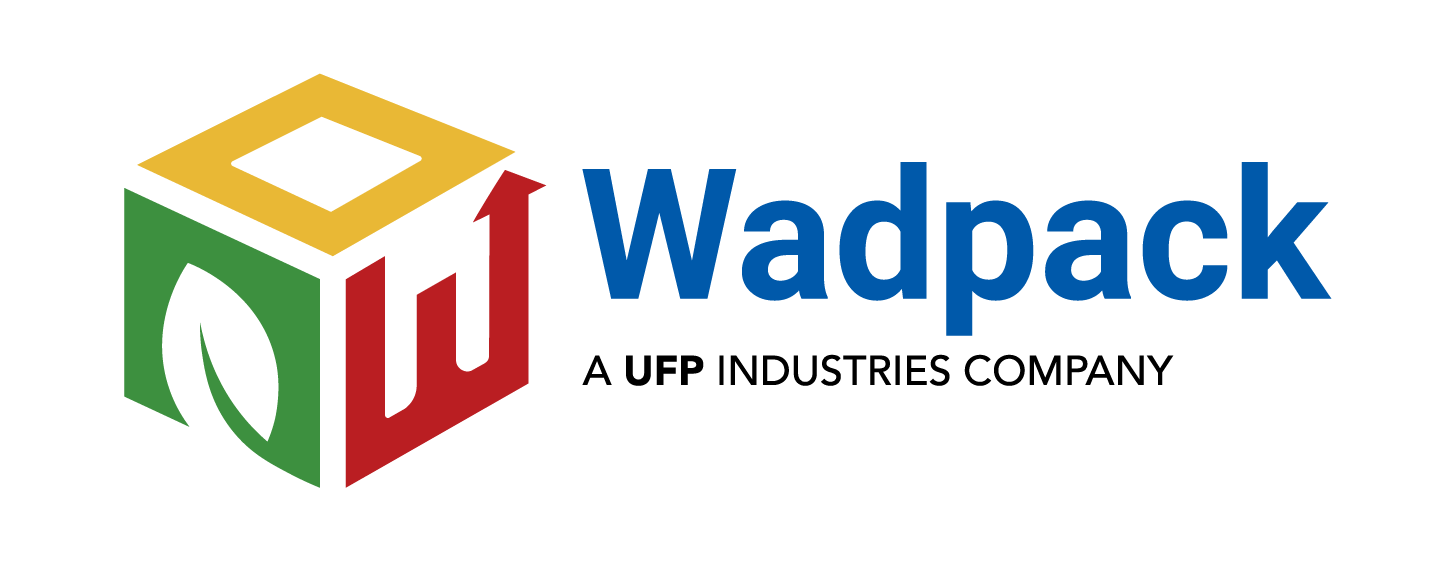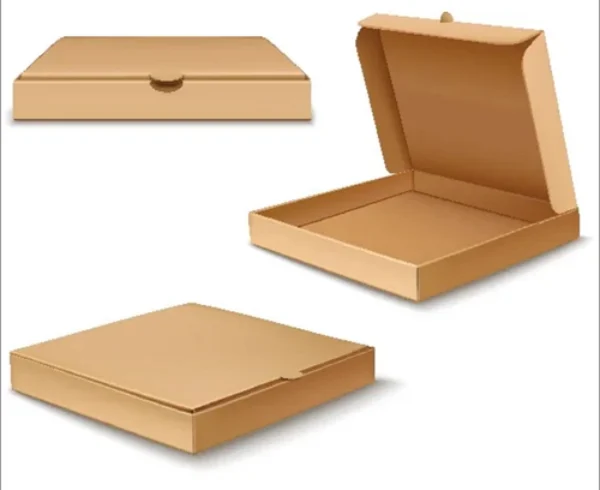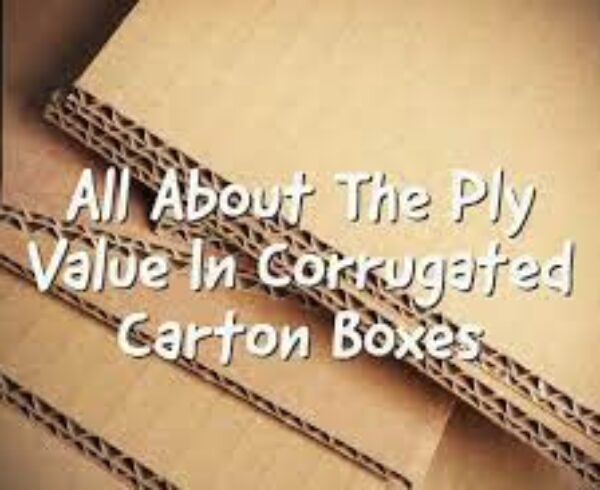What type of printing options are available for your packaging products?

Packaging plays a crucial role in product marketing and branding, and printing is an essential aspect of packaging design. The printing options available for packaging products vary depending on factors like the packaging material, budget, design complexity, and volume. Let’s explore some of the most common printing methods used in the packaging industry
Flexographic Printing

Flexographic printing, also known as flexo printing, is a widely used method for printing on a variety of packaging materials such as corrugated cardboard, paper, and flexible plastics. It involves creating a flexible printing plate with a raised image of the design, which rotates on a cylinder. Ink is transferred from the plate to the packaging material, resulting in the printed image. Flexo printing is known for its speed and cost-effectiveness, making it suitable for high-volume printing applications.
Lithographic Printing (Offset Printing)

Lithographic printing, commonly referred to as offset printing, is a popular choice for high-quality packaging with complex designs and vibrant colors. It involves transferring an image from a printing plate to a rubber blanket and then onto the packaging material. Offset printing is well-suited for materials like paperboard, cartons, and high-quality labels. It offers excellent color reproduction and can be used for both short and long print runs.
Gravure Printing

Gravure printing, also called intaglio printing, is a process where the image is engraved onto a cylinder. The engraved cylinder is then inked, and the excess ink is wiped off the surface. The ink remaining in the recessed areas is transferred to the packaging material through pressure. Gravure printing is ideal for producing high-resolution images and is commonly used for flexible packaging, such as food wrappers and shrink sleeves.
Digital Printing

Digital printing has gained significant popularity in recent years due to its versatility and cost-effectiveness for short to medium print runs. This method involves transferring the design directly from a computer onto the packaging material, eliminating the need for printing plates. Digital printing allows for easy customization and quick turnaround times, making it suitable for on-demand and personalized packaging solutions.
Screen Printing
Screen printing is a traditional method of printing that involves pressing ink through a stencil (screen) onto the packaging material. It is commonly used for printing on materials like glass, plastic, and metal. Screen printing is known for its ability to apply thick layers of ink, which can create unique textures and effects on the packaging surface. It is often utilized for custom promotional packaging and limited-edition products.
Flexo-Offset Hybrid Printing
Flexo-offset hybrid printing combines the benefits of flexographic and offset printing. It uses flexo plates to apply a base layer of color and offset plates for finer details and color matching. This hybrid approach is suitable for printing on various materials, including corrugated cardboard and folding cartons.
Embossing and Debossing
Embossing and debossing are techniques used to add texture to packaging materials. Embossing raises the design above the surface, creating a three-dimensional effect, while debossing presses the design into the material, creating a depressed effect. These methods are often used in combination with other printing techniques to add visual and tactile appeal to the packaging.
Foil Stamping
Foil stamping involves applying metallic or colored foils onto the packaging material using heat and pressure. It is an excellent way to add a luxurious and eye-catching finish to packaging designs. Foil stamping is often combined with other printing methods to enhance certain elements of the design.
UV Printing
UV printing utilizes ultraviolet light to cure (dry) the ink instantly on the packaging material. It offers vibrant colors, excellent print quality, and resistance to fading, making it suitable for a wide range of applications, including food packaging.
Aqueous Coating
Aqueous coating is a water-based protective layer applied to the packaging after printing. It enhances the appearance, durability, and water-resistance of the packaging, giving it a glossy or matte finish.
Spot Color Printing
Spot color printing involves using specific premixed ink colors instead of the four-color process (CMYK) to achieve accurate color matching, especially for logos and branding elements. It ensures consistency across various print materials.
In-Mold Labeling (IML)
In-mold labeling is a specialized printing technique where pre-printed labels are placed into the mold before injecting the packaging material (usually plastic). The label fuses with the packaging material, resulting in a seamless and durable design.
In conclusion, the packaging industry offers a wide array of printing options to cater to various packaging needs, from cost-effective high-volume runs to high-quality and visually appealing packaging for branding and marketing purposes. Each printing method comes with its unique benefits and considerations, and choosing the right printing option depends on factors such as the packaging material, design complexity, budget, and desired visual impact. As technology continues to advance, the packaging industry will likely witness further innovations and improvements in printing techniques, enabling even more creative and sustainable packaging solutions.




Leave a Comment